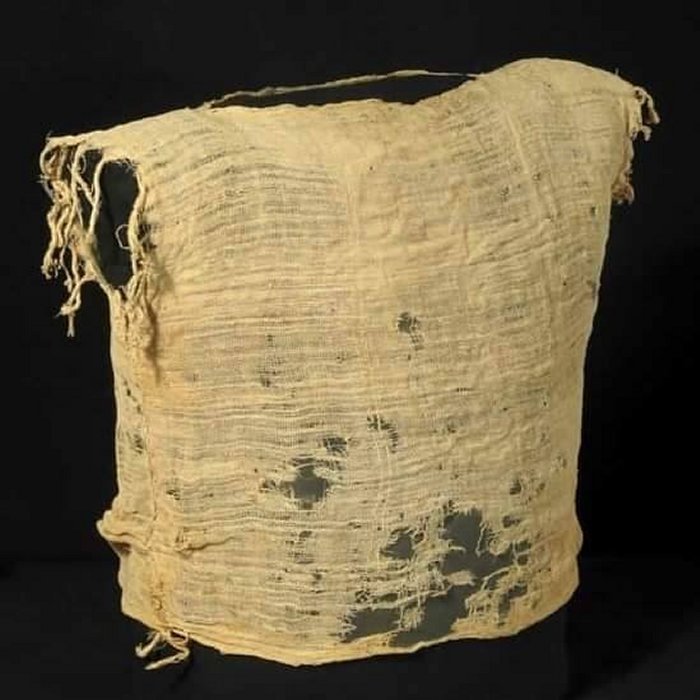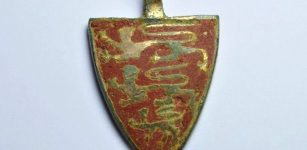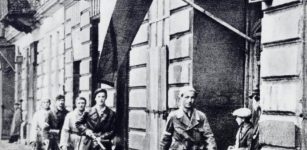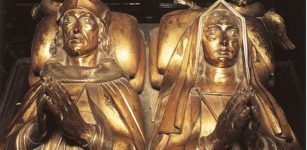1,900-Year-Old Child’s Nightgown Found In Judean Cave Of Letters
Jan Bartek - AncientPages.com - The Cave of Letters in the Judean Desert, Israel, was discovered many years ago by Bedouin of the Ta`amireh tribe. When the cave was examined, letters and fragments of papyri from the Roman Empire period were found. Some are related to the Bar Kokhba revolt (circa 131-136).
When archaeologists investigated the Cave of Letters, they found a 1900-year-old child’s nightgown, and the clothing tells a heartfelt story.
Credit: Israel Antiquities Authority
Over the years, thousands of scraps of textiles dating from the Roman period have been found at different sites in Israel, but textiles with intriguing “knots” have only been uncovered in the Cave of the Letters in the Judean Desert.
“The knots are like small pendants at the bottom of the garment, created by tying part of the fabric around substances known for their protective qualities: resin, salt, iron sulfate, asphalt, henna, seeds, and other unidentified materials. The binding was done by winding a flax thread around the material several times,” says Dr. Orit Shamir, Israel Antiquities Authority textile specialist.
Based on its size, the gown belonged to a child, and it has knots at its hem. It probably served as an undergarment worn beneath a decorative upper garment made of colorful wool. The gown is made up of two equal-sized panels sewn together along their upper edges, with an opening in the middle for the neck.
Cave of Letters. Credit: Wikipedia - CC BY-SA 4.0
The gown is adorned with flax threads hanging down from both sides of the neck. “If we examine the fabric from which the tunic was made,” says Dr. Shamir, “We'll find that the thickness and density of the threads are not uniform. The weaving was simple, manufactured according to a simple twining technique, and occasionally mistakes were made. The sewing up of the garment is also not meticulous, and the garment has several holes, some of which resulted from wear and tear.”
See also: More Archaeology News
Since there is no doubt that the nightgown is meant for a child, it may be speculated that the knots were hung on it to protect the child from illness and harm. “You can really imagine a mother hiding salt for protection and tying up a piece of the flax garment while reciting prayers and hopes for her son or daughter,” says Dr. Shamir.
Written by Jan Bartek – AncientPages.com Staff






















